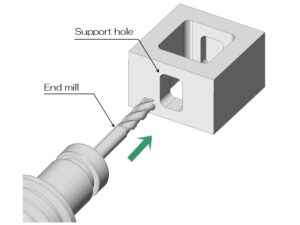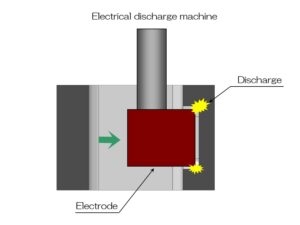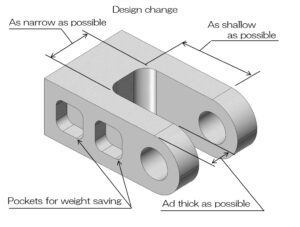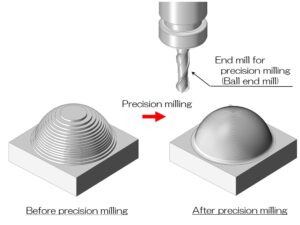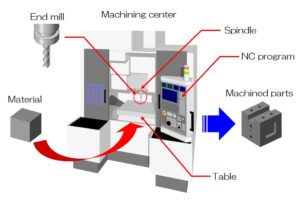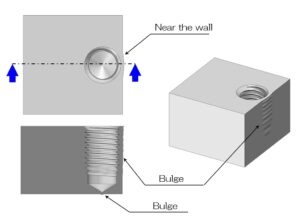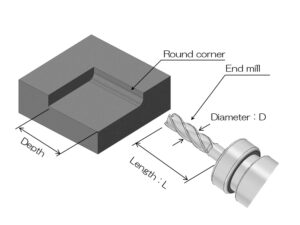019 Milling: What is a 5-axis machining?
We will introduce an overview of the 5-axis machining machine, one of the most advanced cutting machines, and the parts that can be made with 5-axis machining. It is suitable for manufacturing high value-added parts such as aircraft parts and impellers.
016 Milling: The best way called design change!
We will introduce typical examples that are prone to deformation, such as bifurcated shapes and long holes near the edges. By changing the design to a shape that is less prone to deformation, manufacturing will proceed more smoothly.
013 Milling: 3D processing and surface roughness
We will explain how to process three-dimensional shapes and surface roughness by cutting using a ball end mill. I think it's a good idea to keep in mind that there are rough processing and finishing steps, and each has a different purpose.
009 Milling: Working surface and setup change
We will explain the machining surfaces that are important in cutting and the concept of changeover during machining. Reducing the number of processed surfaces reduces the number of processed surfaces, which leads to cost reductions.
008 Milling: Types and features of milling machines
We will introduce the types and characteristics of cutting machines. Milling-type processing machines can be broadly classified into general-purpose milling cutters, NC milling cutters, and machining centers, but their characteristics and uses also differ.
004 Milling: Types and characteristics of end mills
We will introduce the types and characteristics of end mills for cutting. It is broadly divided into shape machining and hole machining, and many types and sizes are used for each.
003 Milling: Corner radius and L/D
We will explain the corner radius and L/D constraints specific to cutting. If you imagine the machining process and set the radius and cutting depth, you will get a reasonable design.

